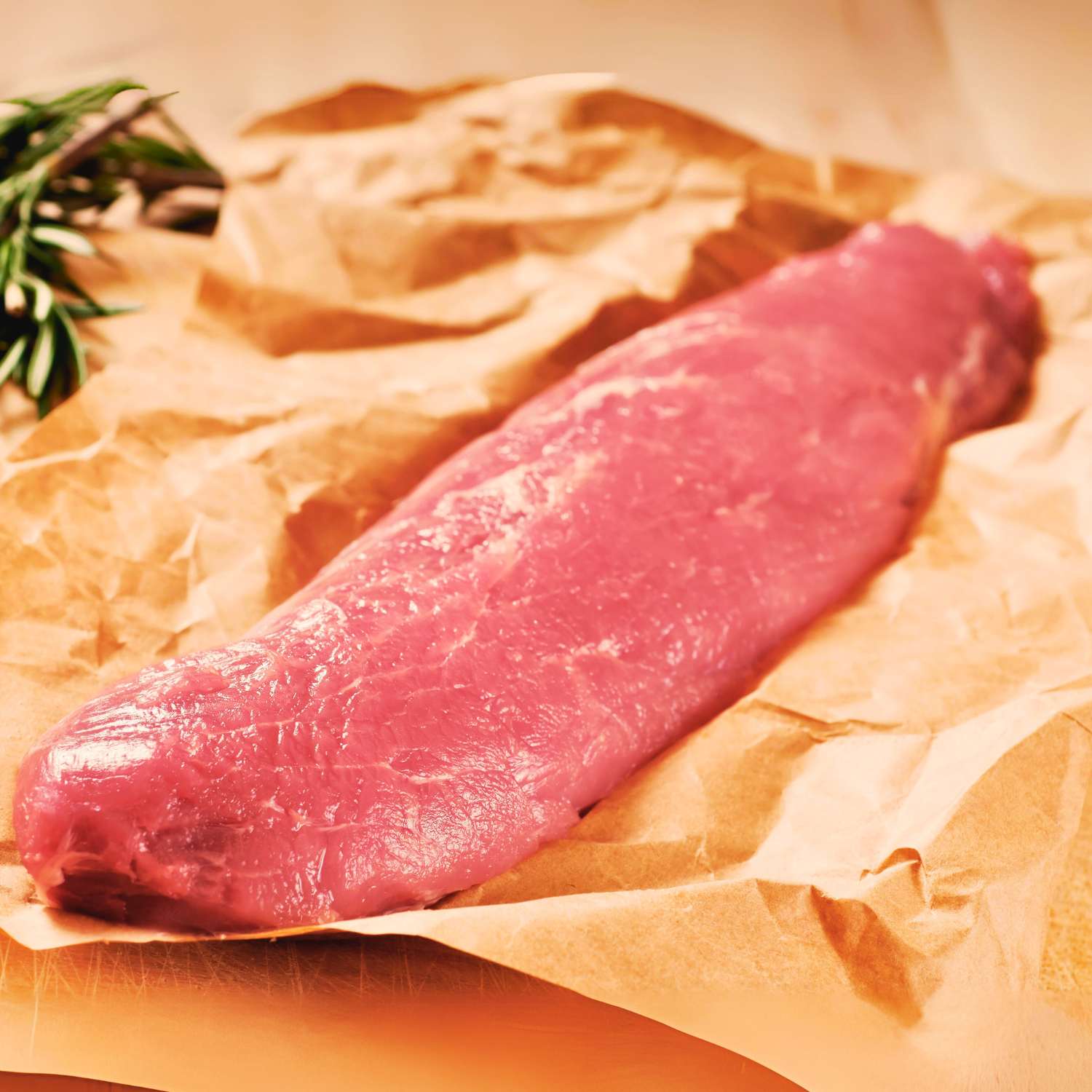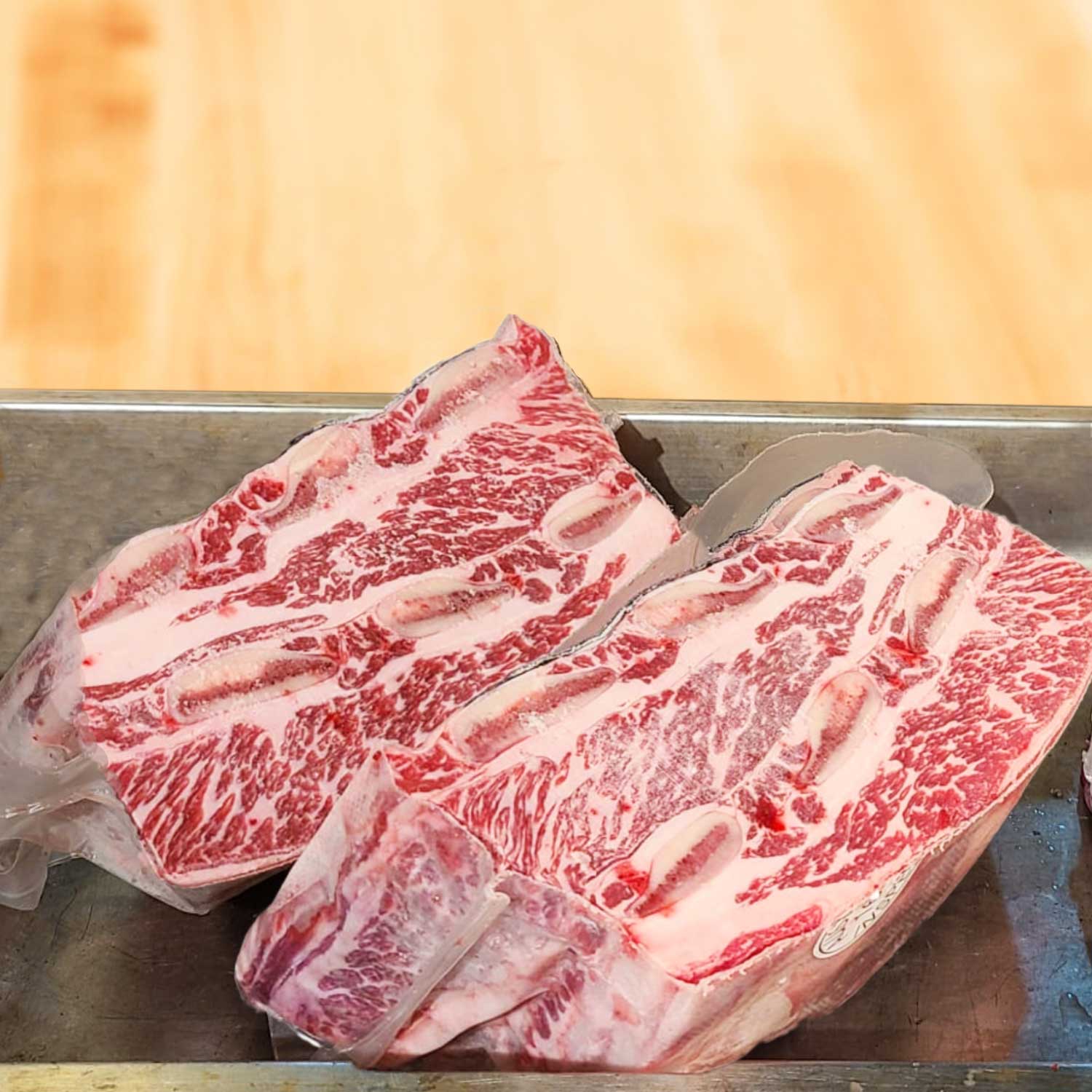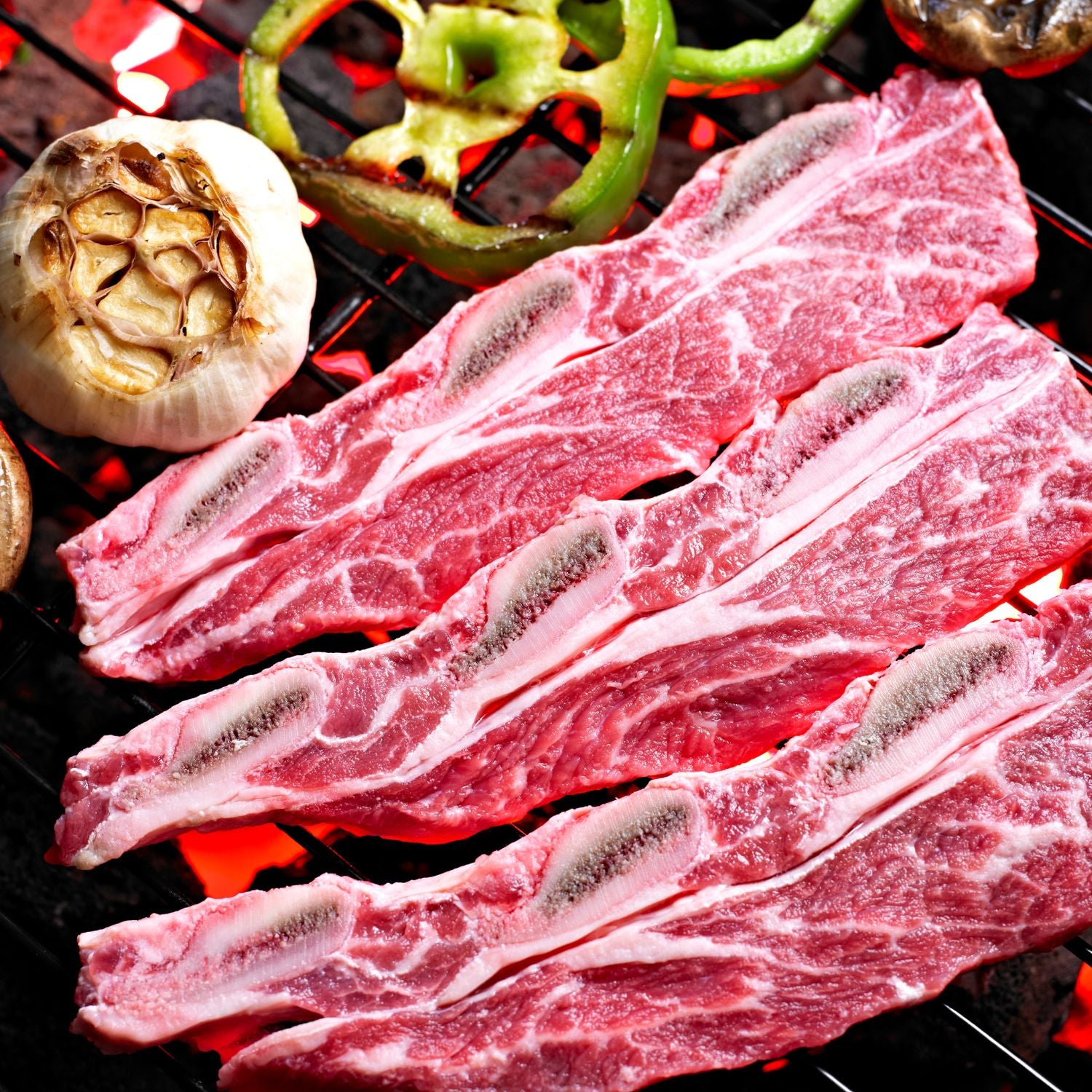Understanding the Appeal of Grass Fed Roast Beef
The Nutritional Benefits of Grass Fed Meat
Grass fed roast beef is not just tasty, it's also packed with nutrients. Unlike grain-fed beef, it has more omega-3 fatty acids and less fat. This makes it a healthier choice for meat lovers. It also has more antioxidants like vitamin E. These nutrients can help our bodies fight diseases. As health becomes a big concern in Hong Kong, this type of beef is getting more popular. People here are now picking food that's good for their health. And grass fed beef fits that choice well.

Grass Fed Roast Beef: A Comparative Analysis to Conventional Beef
Grass fed roast beef and conventional beef differ in several ways. Grass fed cattle eat only grass, while other cows may eat grains. This diet change affects the beef's taste and quality. Grass fed beef has a richer flavor, often described as more 'gamey.' It also tends to be leaner and less marbled with fat. But grass fed beef isn't just about taste. It also offers more omega-3 fatty acids and vitamins, linked to better health. In contrast, regular beef may have more saturated fat and fewer nutrients. As Hong Kong's diners become more health-conscious, these differences are driving the shift to grass fed beef.
Why Grass Fed Beef is Gaining Popularity in Hong Kong
Grass fed roast beef is a rising star in Hong Kong's food scene. People here are now choosing it more often. Health is one reason. Grass fed beef is better for you. It has more omega-3 fats and vitamins. Taste is another reason. Many say it tastes better than regular beef. Chefs in Hong Kong use it to make new dishes. This beef also fits Hong Kong's trend for clean eating. People care where their food comes from. They want to eat meat from healthy animals. That's why grass fed beef from farms to tables is a hit.
The Production Process: How Grass Fed Roast Beef is Made
Raising the Standard: The Careful Farming Process of Grass Fed Beef
The farming process of grass fed beef is precise and natural. Cattle roam on open pastures, grazing on a variety of grasses. This diet is key to the beef's quality. The cows are raised without hormones or unnecessary antibiotics. Farmers monitor the herd's health closely. They work hard to ensure the land is fertile and sustainable. The result is beef that's not just tasty, but also eco-friendly. It's a way of farming that respects nature and animal welfare.
From Farm to Table: The Journey of a Grass Fed Roast Beef
Discover the path of grass fed roast beef from farm to Hong Kong's tables. It begins with cattle grazing on lush pastures. They feed on a natural diet rich in grass. This diet enhances the beef's flavor and quality. The beef is then ethically reared and humanely slaughtered. Next, it undergoes aging to tenderize and improve taste. Butchers expertly trim and prepare the cuts. Finally, restaurants receive the prime beef. Chefs craft dishes that honor its journey.
Ensuring Quality: Grass Fed Beef Standards and Certifications
Grass fed roast beef stands out for its quality. In Hong Kong, strict standards ensure this. Farms must meet specific criteria to earn certifications. Key factors include the cows' diet and their welfare. Audit systems check these standards often. This process makes sure the beef is top-notch. It also boosts trust among Hong Kong consumers. As a result, grass fed beef is seen as a premium choice. Chefs value it for its taste and purity. It's a culinary delight that's also ethical and sustainable.
The Economic and Culinary Impact of Grass Fed Roast Beef
A Market Overview: The Growing Demand for Grass Fed Beef
The market for grass fed beef is expanding in Hong Kong. This trend is driven by several factors. Health-conscious consumers are major drivers. They seek out cleaner, more sustainable meat options. Restaurants are also on board, offering more grass fed options. The rise in demand is also influenced by the global trend towards sustainability. Grass fed beef is seen as a responsible choice for the environment. Importantly, local farms benefit from this increasing demand. They are able to charge a premium for their high-quality, grass fed products. This has positive effects on rural economies. As demand rises, so does the need for education on the benefits of grass fed beef. Consumers are becoming more knowledgeable about their food choices. This informs their purchasing decisions, favoring grass fed beef over conventional meat.
Culinary Innovation: Recipes and Dishes Featuring Grass Fed Roast Beef
Grass fed roast beef is inspiring chefs in Hong Kong. They are crafting new dishes with this quality meat. You'll see it in upscale restaurants and casual diners. People enjoy it in steaks, sandwiches, and traditional roasts. Some chefs mix Asian flavors into recipes with this beef. Others keep to western-style cooking. All focus on the beef's rich taste and health perks. These dishes show how versatile grass fed beef can be in the kitchen.
How Grass Fed Roast Beef is Shaping Hong Kong's Dining Experience
The dining scene in Hong Kong is changing. Grass fed roast beef is key to this shift. This beef adds unique flavors to dishes. It is healthy and rich in taste. It is becoming a staple in top restaurants. People look for this quality meat when they dine out. Chefs use it in both local and international recipes. This shows the beef's versatility. Its premium status draws in food lovers. The impact is clear in menus across the city. This meat is shaping the future of Hong Kong's food culture.

















